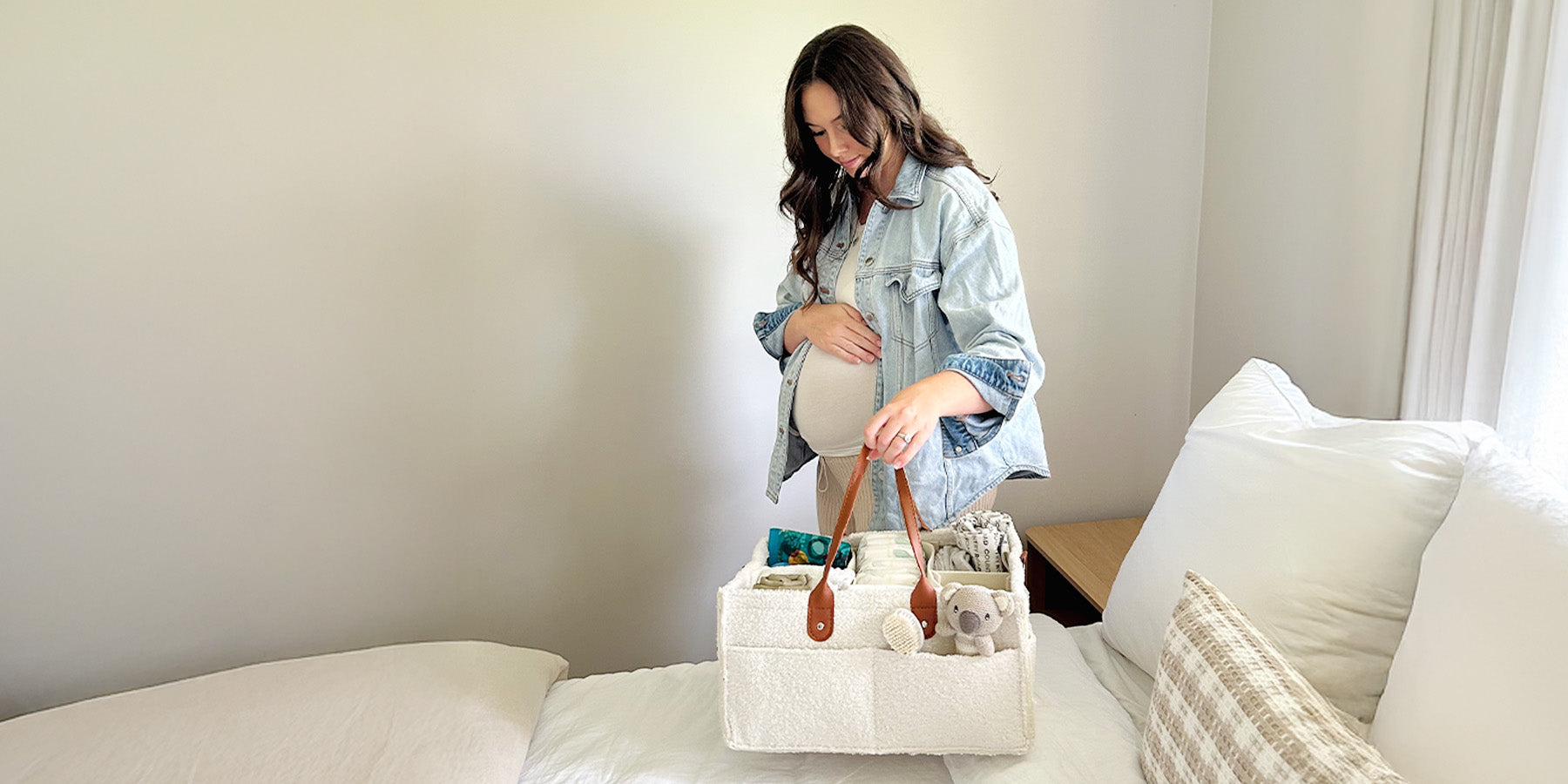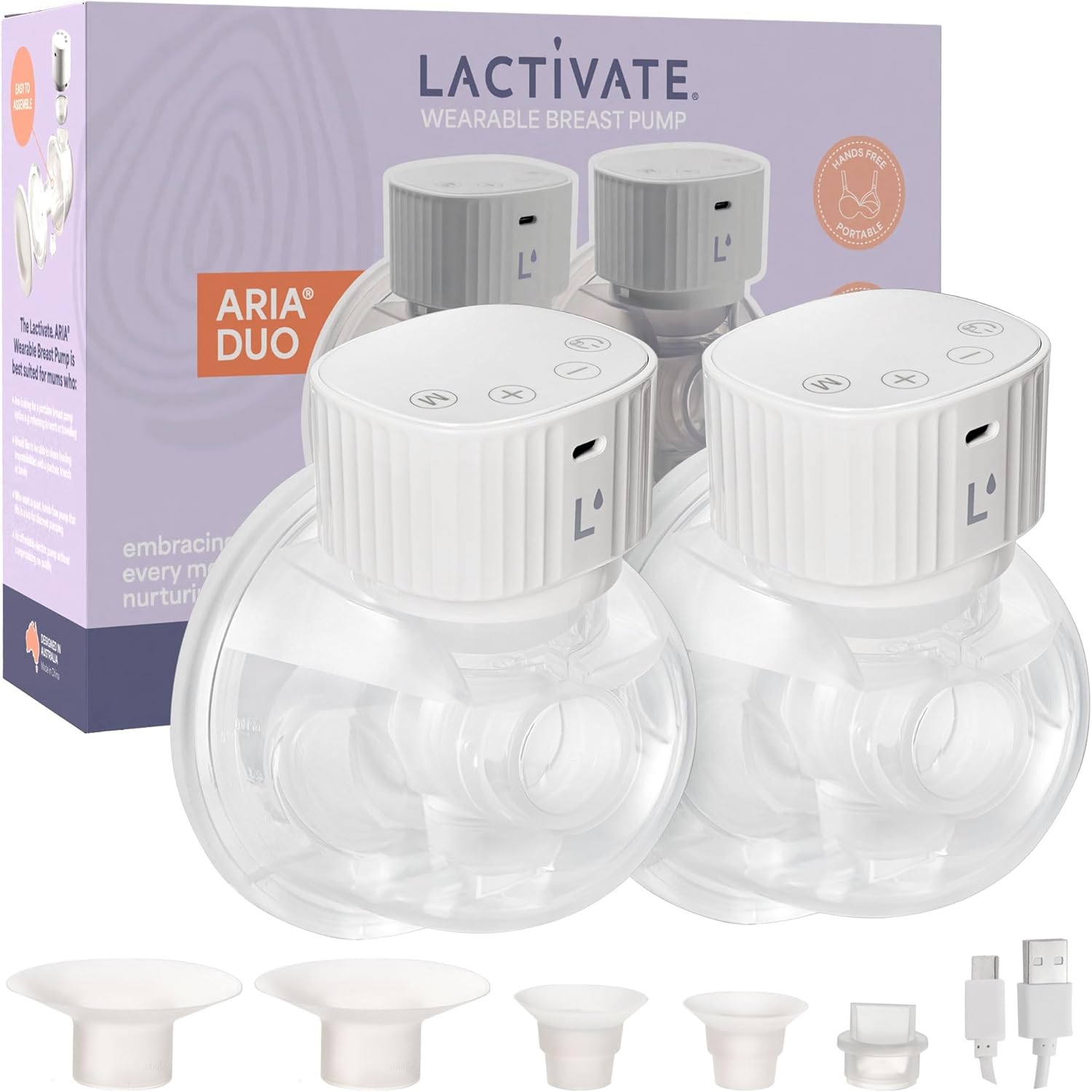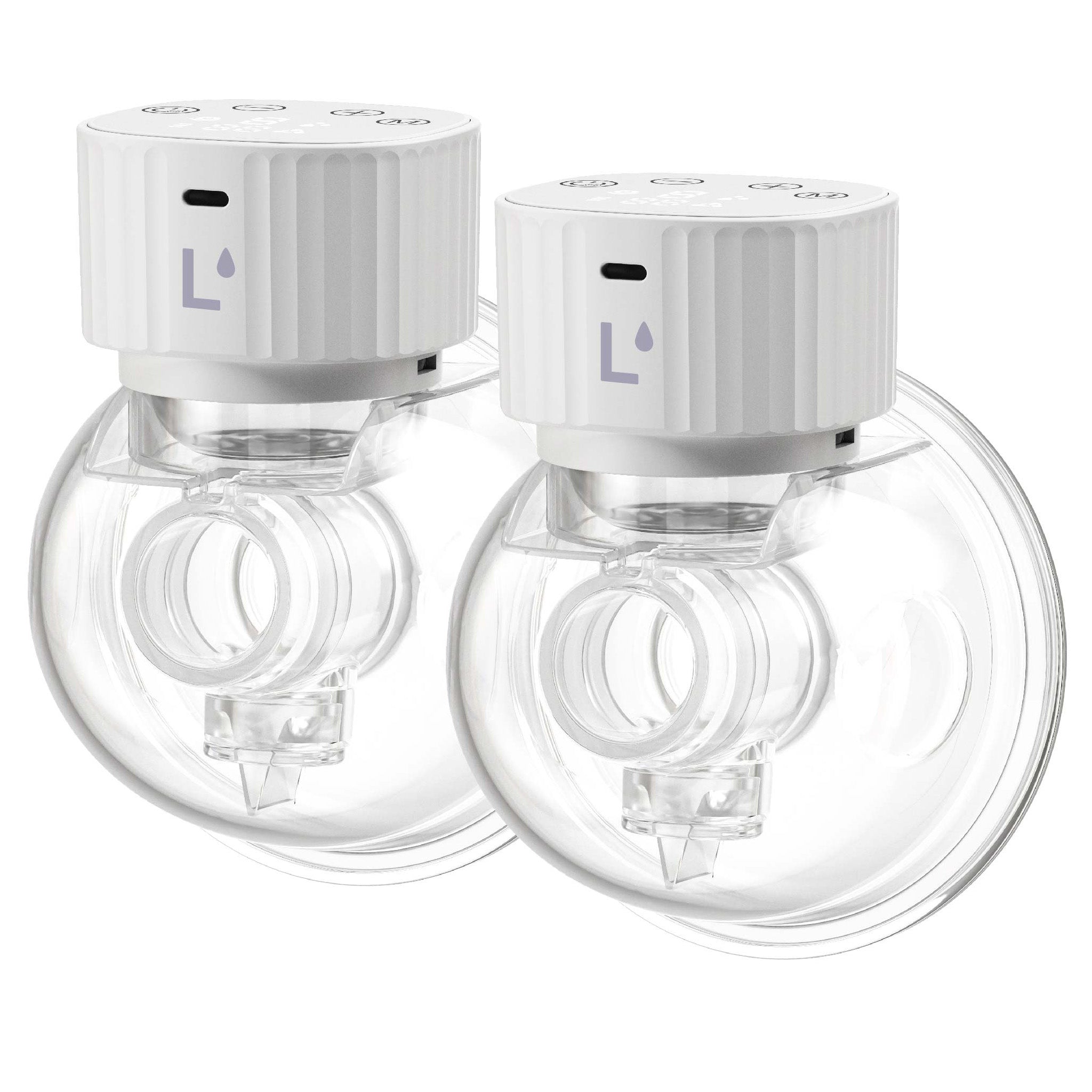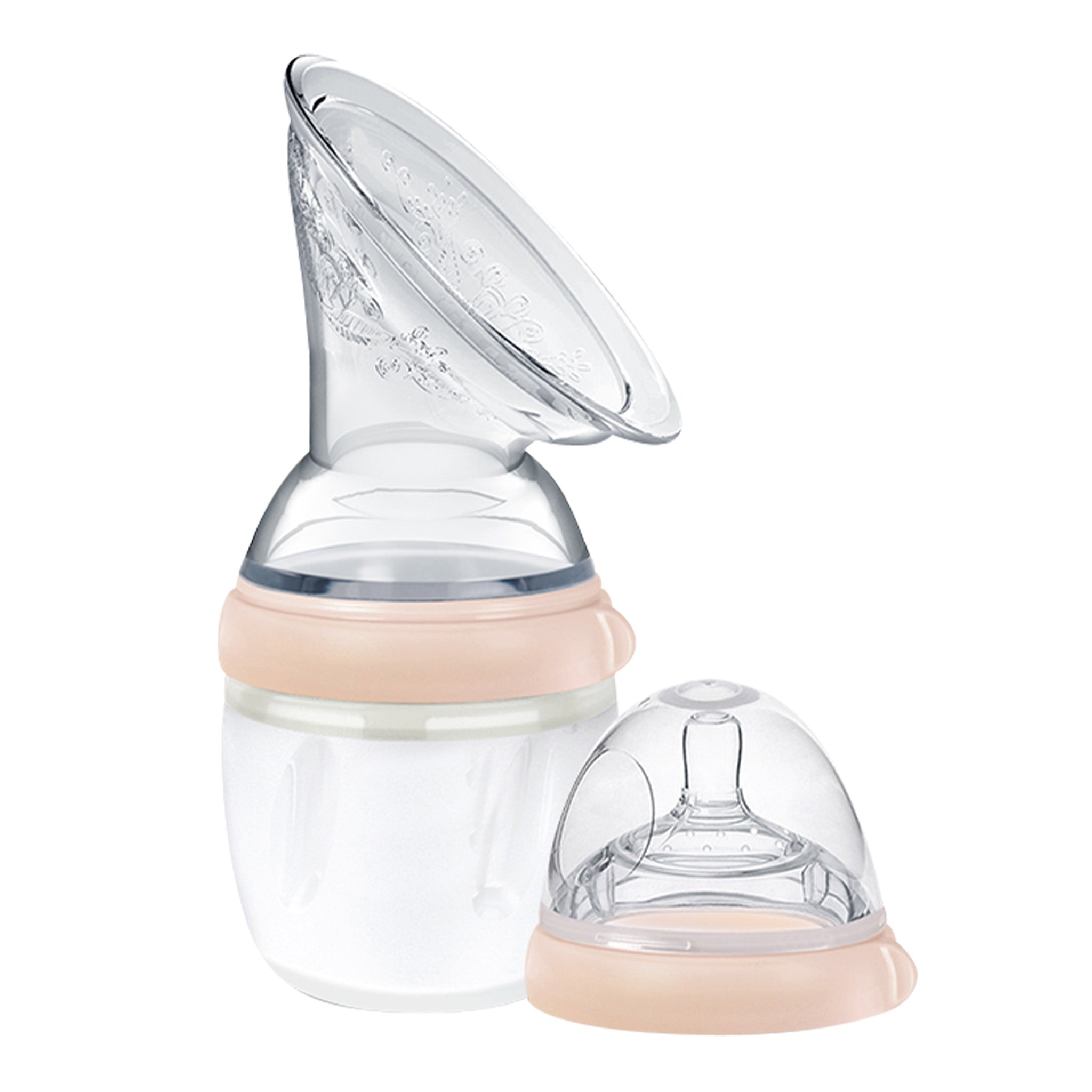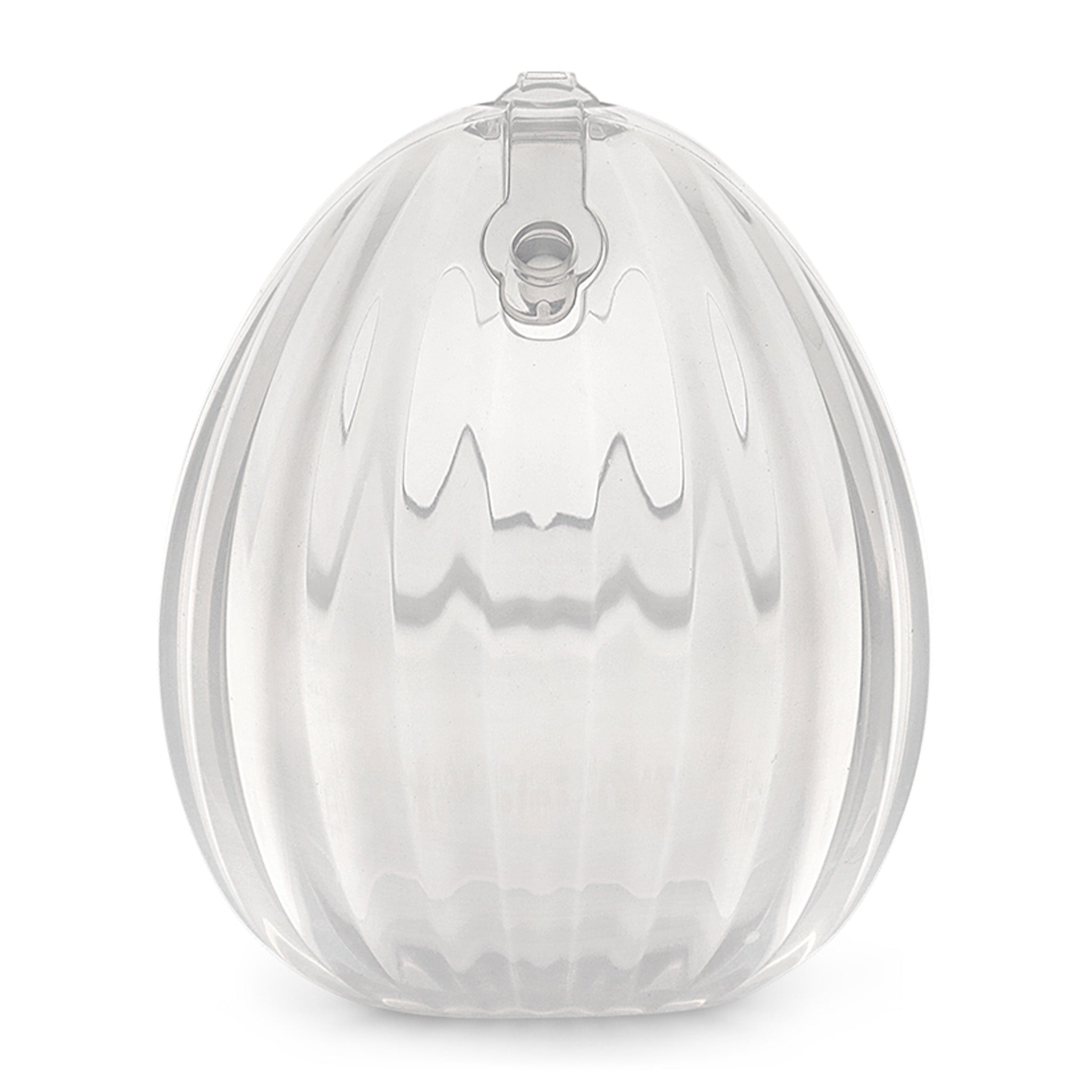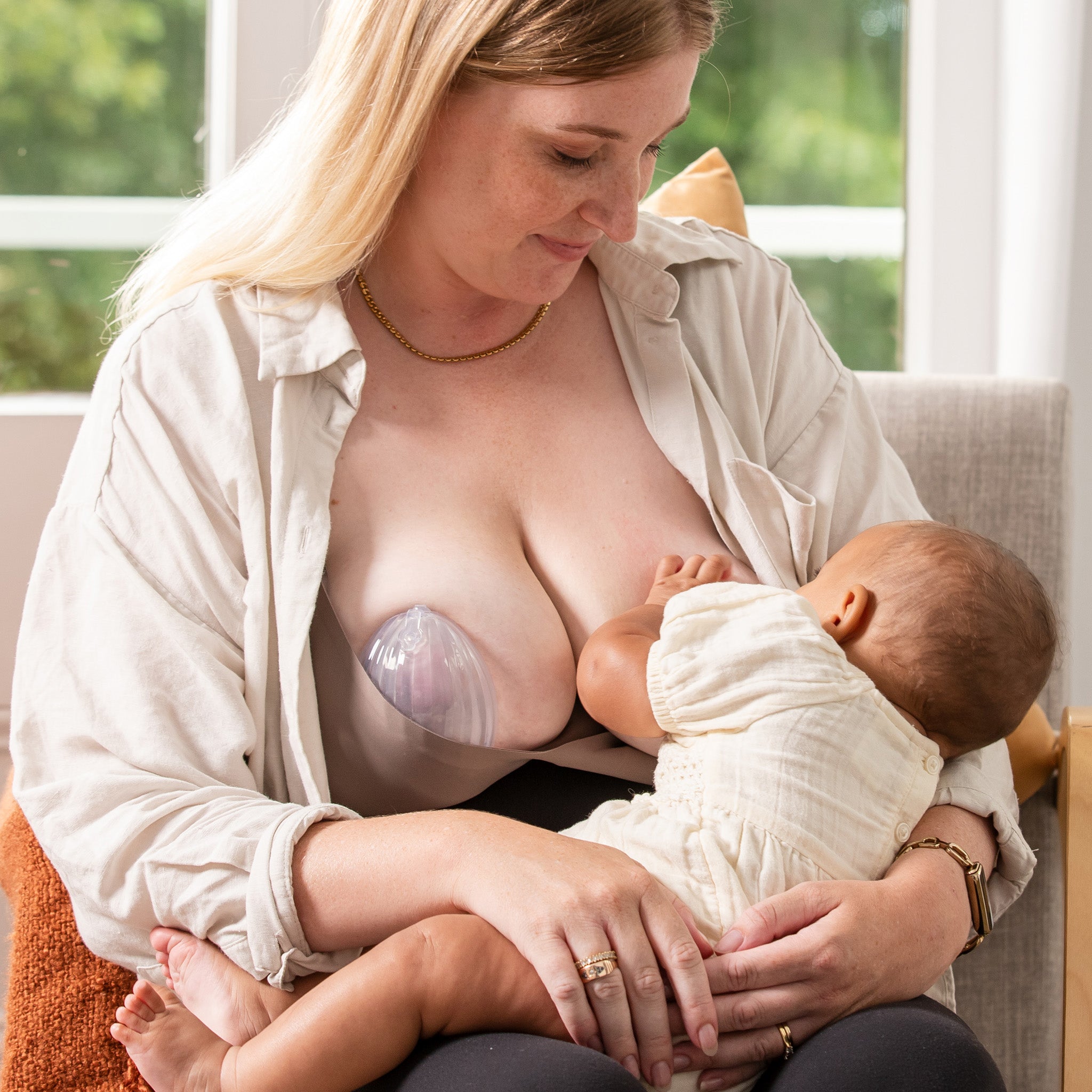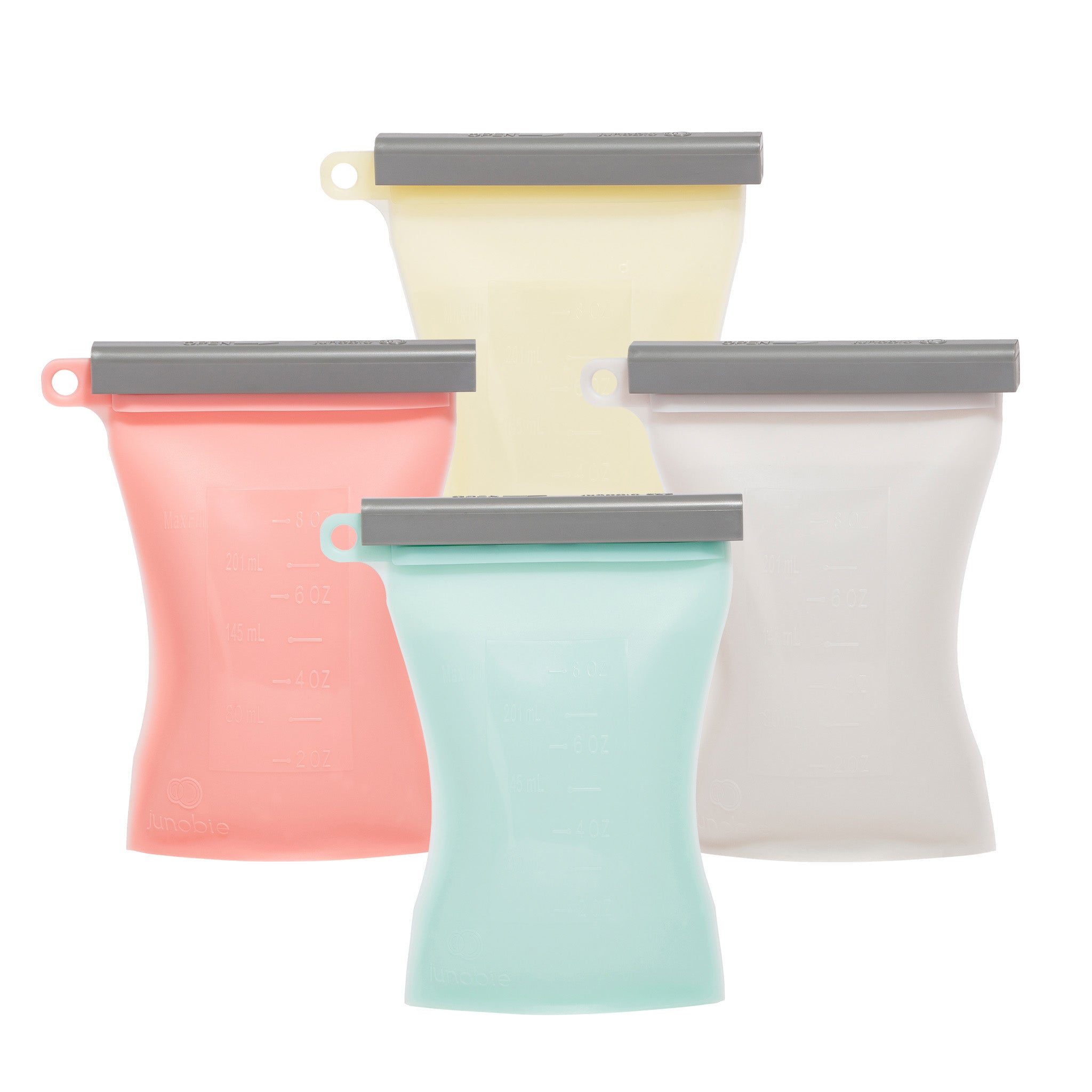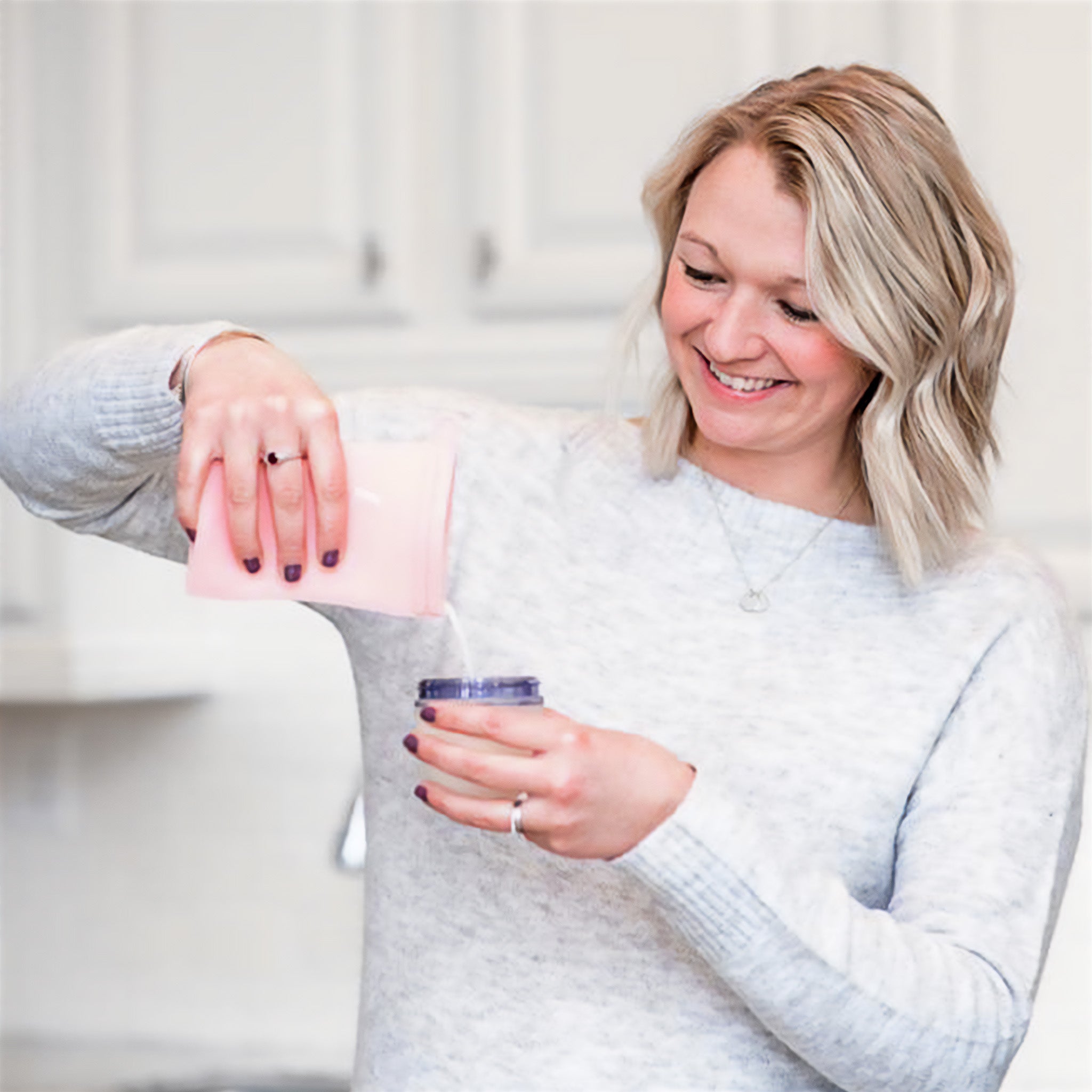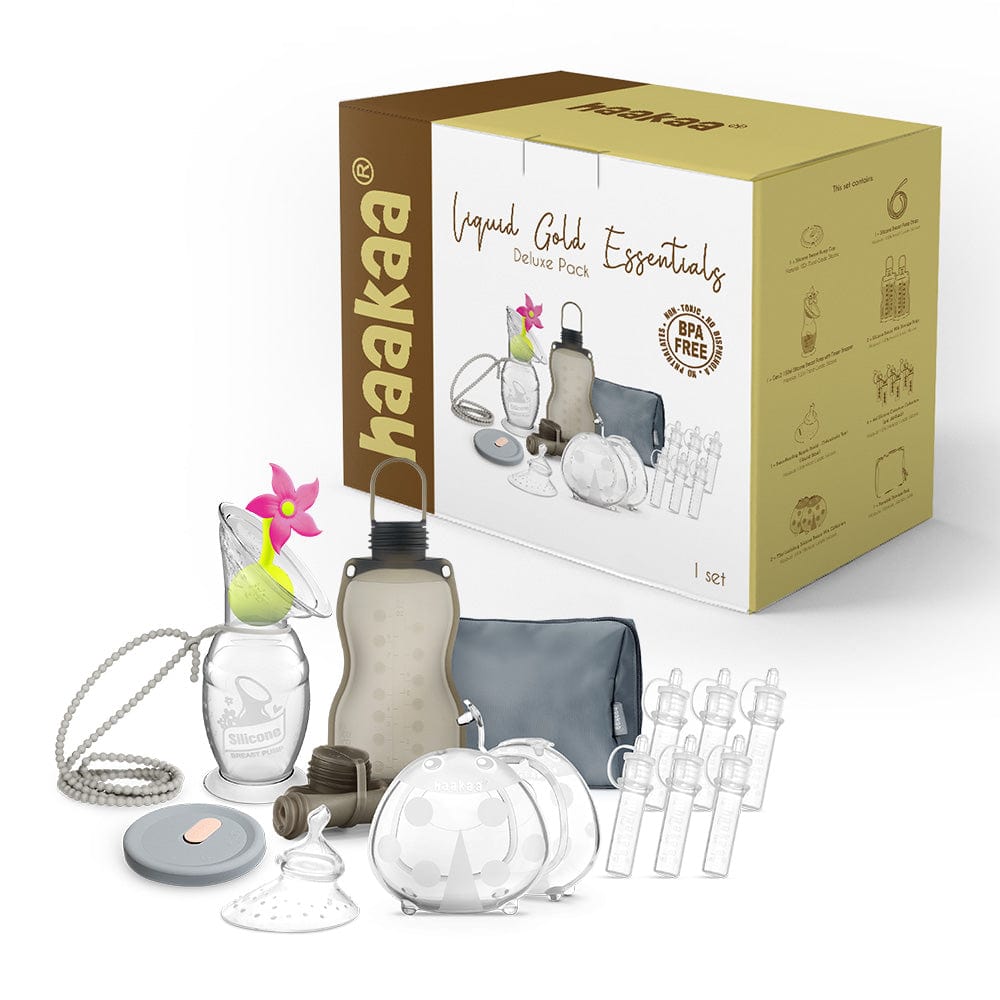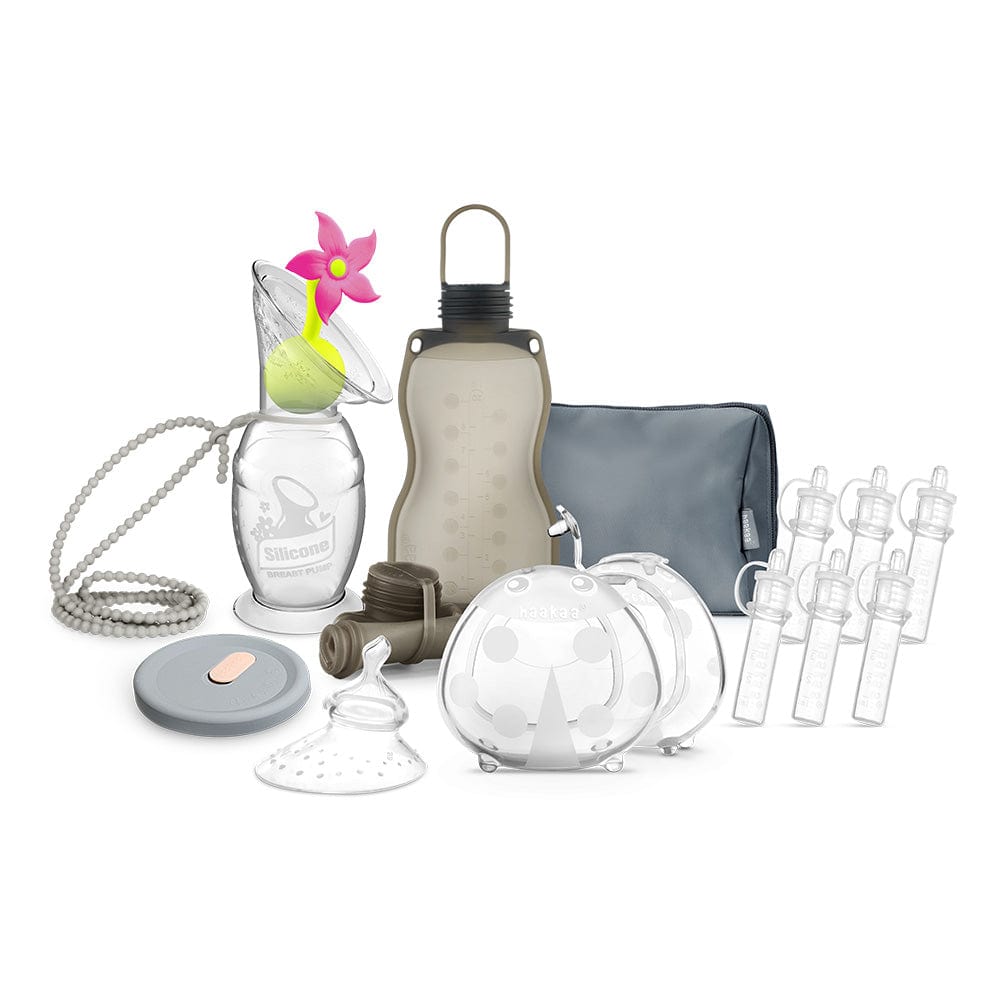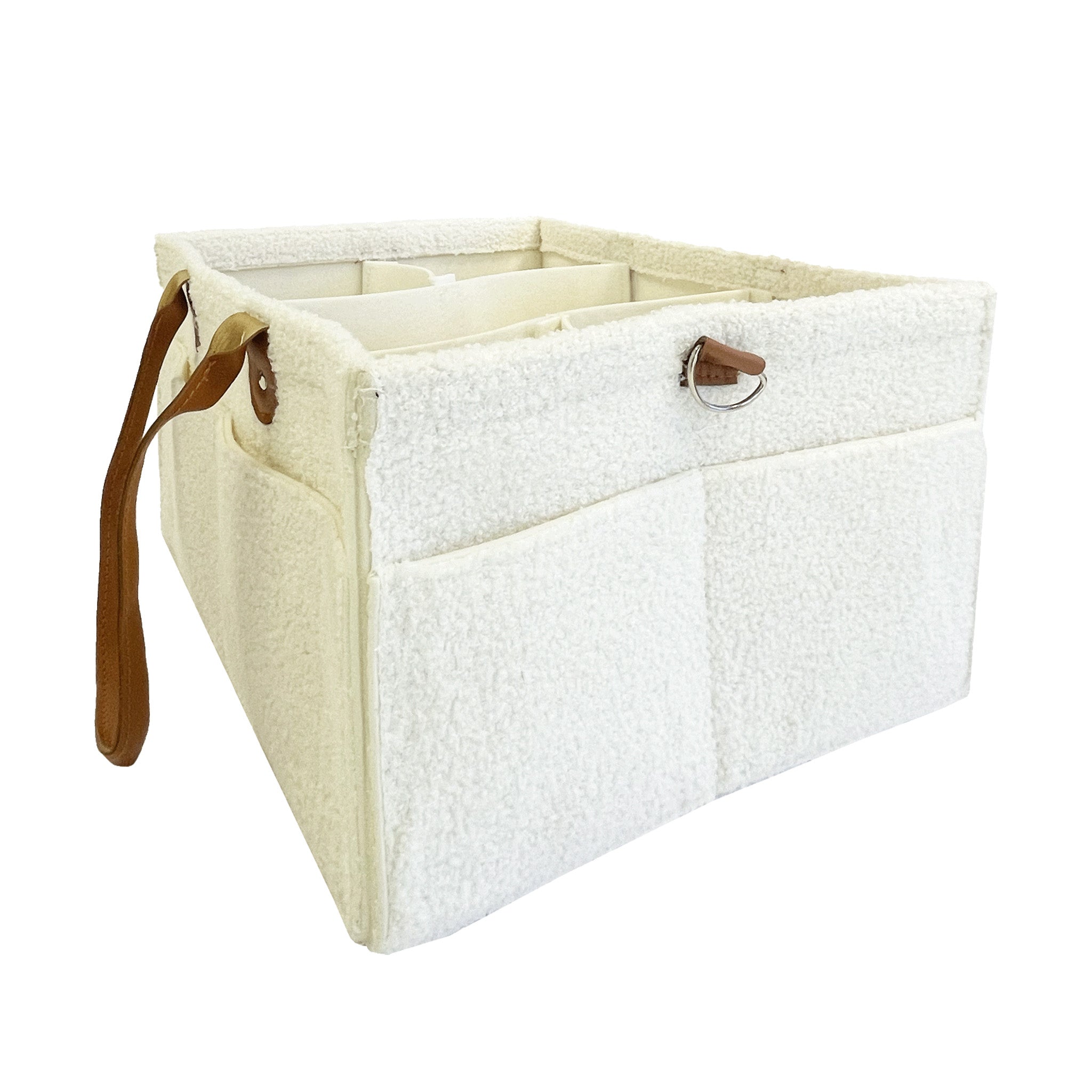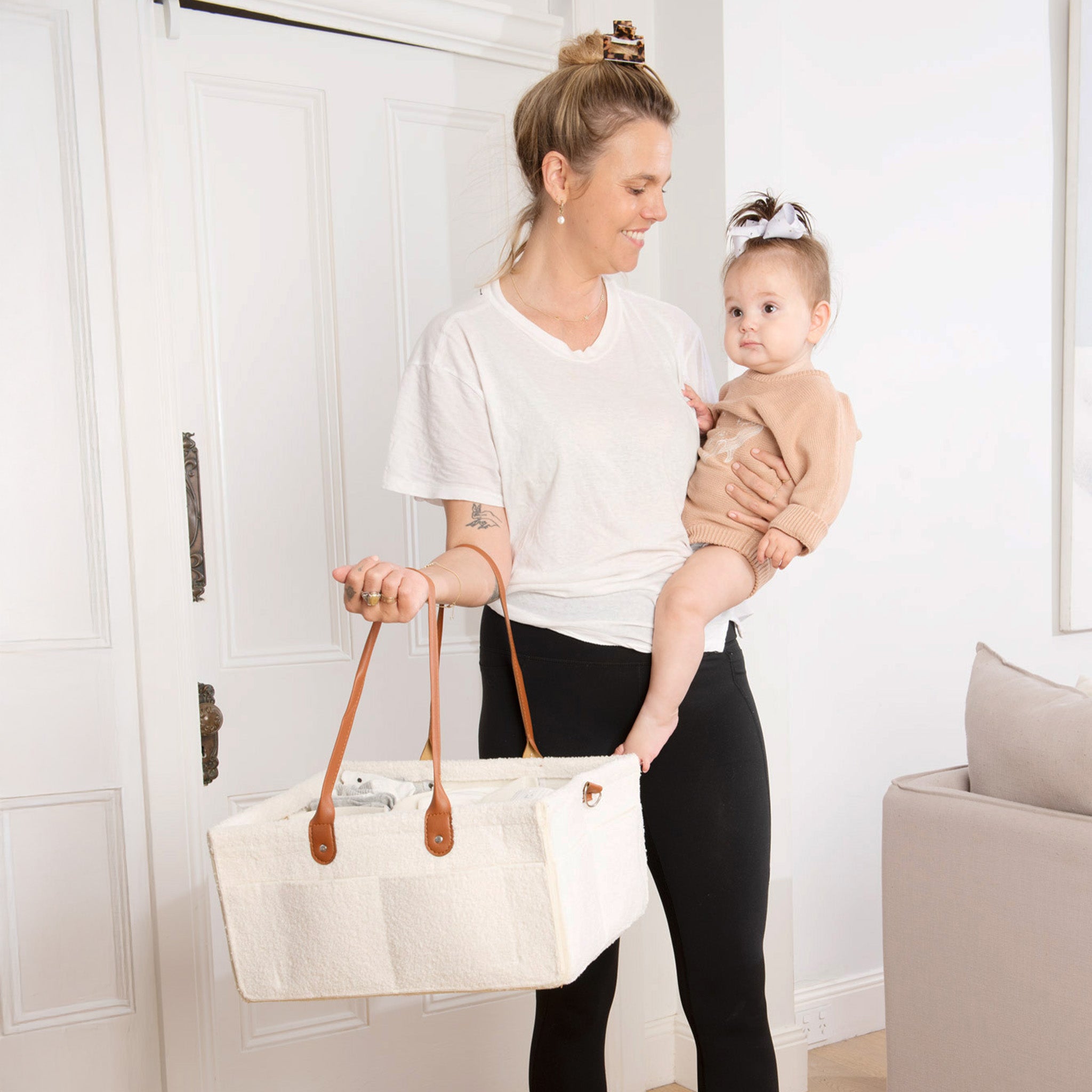Boobs and breastfeeding, they go hand in hand. While breast size may fluctuate wildly during pregnancy and after birth, many women will worry that their boobs are too small, or, in some cases, too big to successfully master breastfeeding. The good news? The size of your boobs has little to do with how breastfeeding will unfold for you. Yes, breast size may have some impact on certain aspects of breastfeeding, primarily the positions you may find the most comfortable to use, but otherwise, big or small, the chances are good you can master breastfeeding.
Read on for our top tips and best advice on making breastfeeding work, regardless of cup size.
Does size matter?
First things first, it is important to remember that boobs (and nipples) come in ALL shapes and sizes. There really is no ‘normal’ when it comes to breasts. Many women find their breasts fluctuate based on a whole host of reasons, hormones, weight loss or gain, pregnancy, breastfeeding, menopause. When it comes to breastfeeding, what matters is not so much the size of your breast but how much glandular or milk producing tissue you have. According to the Australian Breastfeeding Association, the amount of glandular tissue is not usually related to the size of your breasts meaning that smaller breasts could contain just as much (or more) milk producing tissue than their larger counterparts. Likewise, the amount of milk that can be stored in your breasts varies between women and even, sometimes between both your breasts! You’ll often hear women talk about their ‘super producer’ boob or its less productive counterpart and this is likely a reference to a difference in milk producing tissue and/or storage capacity in each breast.
The vast majority of women will have sufficient glandular tissue to breastfeed, regardless of their breast size. A small percentage, estimated to be around 5%, may experience what is known as ‘insufficient glandular tissue’ or breast hypoplasia where the breasts have developed less milk producing tissue. Women who experience this condition may notice concerns with their milk supply or struggle with making enough milk. While this condition is relatively uncommon, it can have a severe impact on women who experience it so if you have concerns, it’s worth speaking with a breastfeeding expert, like an IBCLC who can assist in a diagnosis and put together a plan to help make breastfeeding work.
What about implants or breast surgery?
If you’ve had breast surgery, then the chances are good you’ve wondered whether breastfeeding might be impacted. The good news? Many women who have had breast surgery, both reduction or augmentation, find that they are able to breastfeed.
Research has found that the type of surgery you have had is the main factor in determining how successful you will be. For example, surgeries that involve moving the nipple or a lot of disruption to the milk glands or ducts are going to have a more significant impact on milk supply and establishing breastfeeding than those that were less invasive.
Women who have had a mastectomy or partial mastectomy and other treatment for breast cancer may also be able to breastfeed, often from the unaffected breast, depending on the type of surgery that occurred.
If you’ve had breast surgery and want to breastfeed, it is worth speaking with your caregiver and/or consulting an IBCLC during pregnancy to speak with them about your situation and surgery and pull together a plan of action for after birth. This way, you can be prepared, no matter what ends up happening.
‘But I’ve never leaked?’ Troubleshooting the most common concerns
There would be very few women who have not worried, at one stage or another, about whether they had the ‘right’ type of boobs for breastfeeding. Ditto whether they are making enough milk. As we’ve learnt, almost all boobs, regardless of size, can usually breastfeed successfully. That being said, some women may worry if they don’t experience engorgement or leaking and think that their boobs aren’t ‘working’ properly. The experience of your milk ‘coming in’ is one synonymous with the days after birth. Women talk about waking up with rock hard breasts that have tripled in size overnight. And yes, this is a common experience for many women. But not everyone will have that same experience, and this does not mean that your breasts are somehow faulty. Some women will never experience engorgement or need to manage an oversupply of milk. Some women will never experience the tingling, sometimes downright pain, of a letdown. These women may all breastfeed successfully for as long as they choose, they’re just the lucky ones who don’t end up with these experiences. Ditto women who breastfeed long term but cannot express even 5ml of milk. Their breasts just don’t respond to a pump. Every set of breasts in unique and one woman’s experience will not be like the next. If you do have concerns about an undersupply of milk and have ruled out insufficient glandular tissue, then it is worth speaking with a breastfeeding expert who can help work out what the problem may be and help guide you towards a solution.
How to: breastfeed with boobs of all sizes
While everyone will end up having their favourite breastfeeding positions that seem to work well, there are some that suit different boob sizes, especially in the early days when you’re learning to feed.
Small boobs
Smaller boobies are definitely a little bit easier to work with when you’re learning to breastfeed as they are a bit more compact. While experienced mums will often rock the traditional cradle or cross cradle hold, when you’re learning, you may find a more upright position works better. Small boobs are often a bit higher up on your chest and it can get very tiring holding the cradle position for a long period. A more upright feed allows baby to rest along your torso and helps you to see how they are latching on. This can be a handy position for when you’re out and about as well as allows you to just unclip and feed.
Big boobs
Depending on how big we are talking, larger cup sizes can sometimes have their own unique challenges when starting to breastfeed. This is often due to the heaviness of the breast itself, especially compared with the littleness of your bub in the early days. Many experts recommend the rolled-up towel trick as a nifty way to lift up larger boobs. Just roll up a face washer or small towel and wedge it underneath the boob you’re feeding on to create a kind of ‘shelf’ for it to sit on. You may also find that reclining slightly helps as well as it lifts your breasts up higher. Other positions like the football or twin hold can be a bit awkward, especially for out in public, but can also be effective, especially if you need to work on bubs latch.
Inverted nipples
While not strictly breast size related, flat or inverted nipples are a challenge some mums need to navigate. When considering flat or inverted nipples, it’s important to remember that babies 'breast' feed and not 'nipple' feed. When baby is latched properly, they'll bypass the nipple and attach to your areola which is where they need to be to stimulate and compress the milk ducts. Depending on your degree on inversion/flatness, you may not need to do anything different if bub is able to get a good latch. If you do need some extra help, nipple formers or breast shells, like the Haakaa Ladybug Silicone Milk Collector, can help to gently draw your nipple out to make latching easier.


